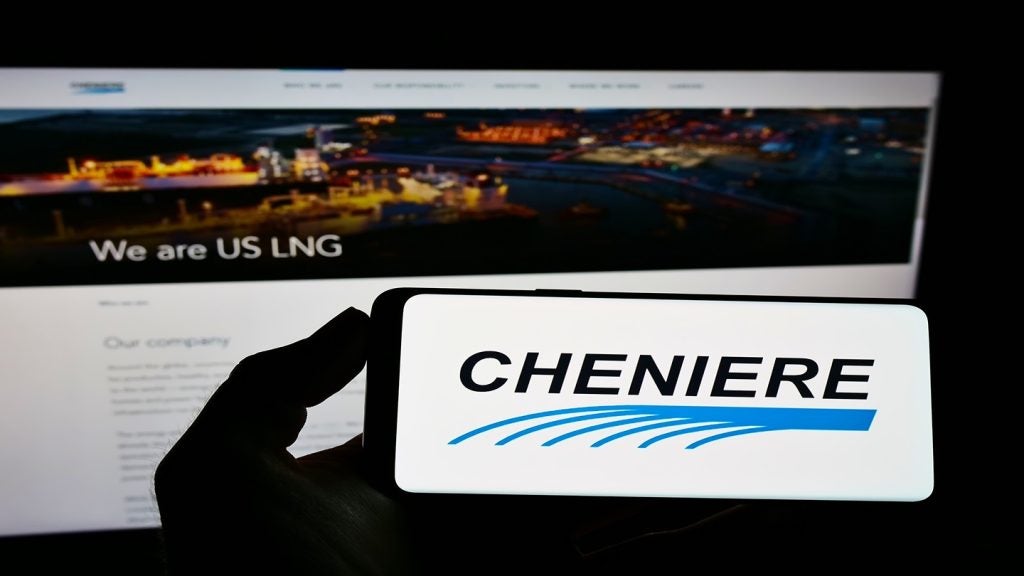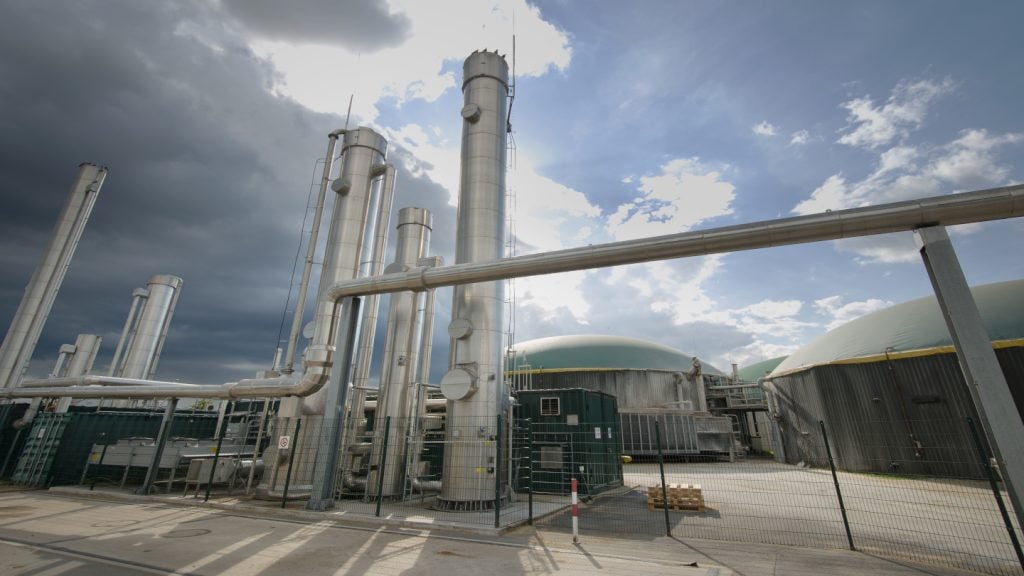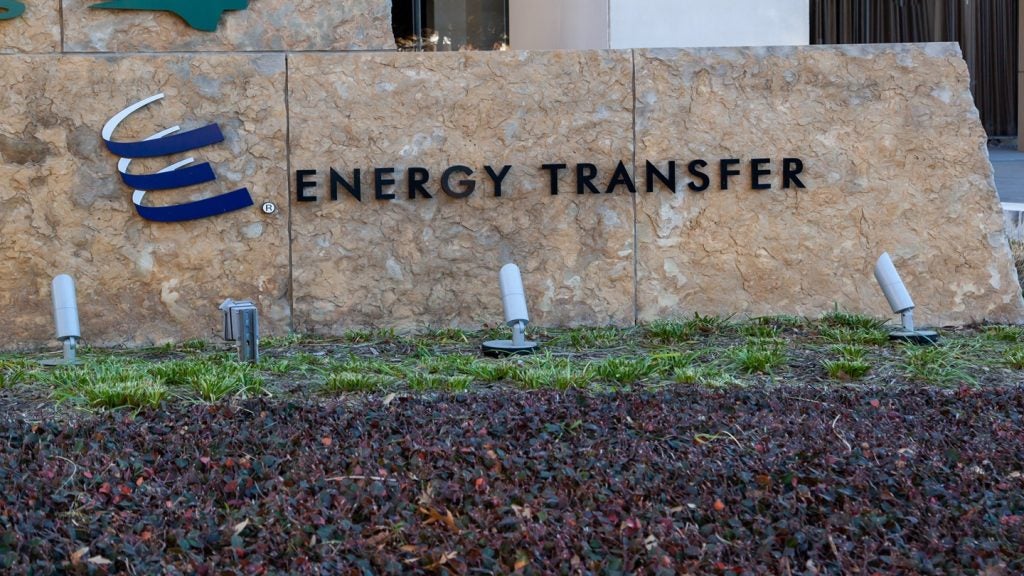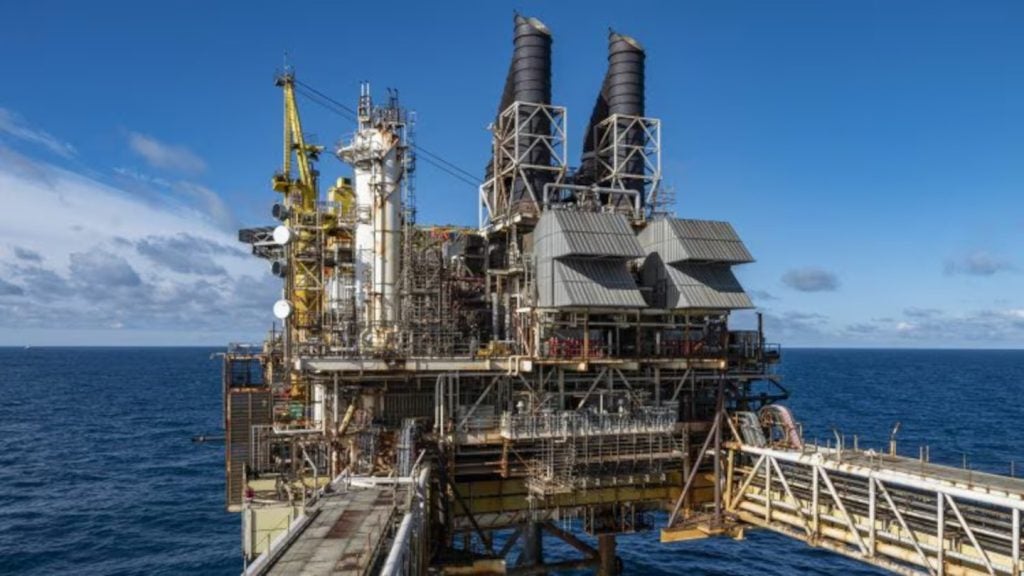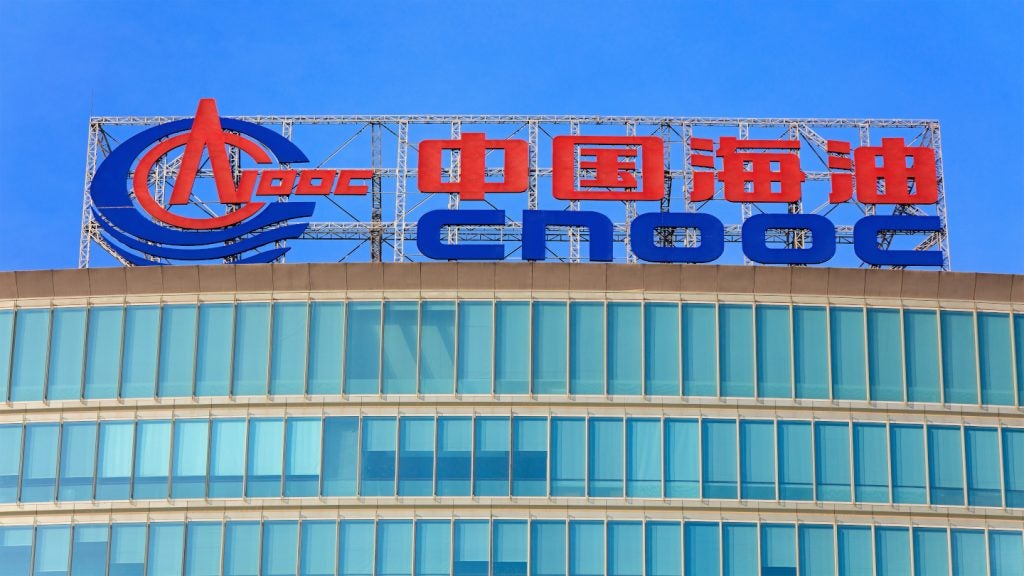Cheniere Energy is nearing the commencement of operations at its latest LNG export facility in Texas, after receiving regulatory approval, reported Reuters.
The Federal Energy Regulatory Commission has granted the company permission to introduce a supply line to its Corpus Christi Liquefaction facility expansion project, marking a significant step towards the facility's operational status.
The authorisation allows Cheniere to transport LNG from the plant to refrigerated storage and subsequently to an LNG tanker for export.
This development is a key milestone in Cheniere's ambition to initiate LNG production at Corpus Christi Stage 3 by year-end, which is set to boost the LNG export capacity of the US.
The Stage 3 expansion consists of seven gas-processing units, projected to produce around 10mtpa of LNG. This will elevate the Corpus Christi Liquefaction facility's total nominal capacity to more than 25mtpa.
The facility is located in the Corpus Christi Bay area of San Patricio County, Texas, spanning more than 1,000 acres. It includes three fully operational liquefaction units, known as trains, each with the capacity to produce up to 5mtpa of LNG.
The facility boasts three containment tanks capable of storing 160,000m³ of LNG each, and two berths that can accommodate the world's largest LNG carrier, the Q-Max, which measures 344.4m in length and can transport up to 266,000m³ of LNG.
Strategically positioned, the Corpus Christi Liquefaction facility has access to natural gas from some of the most productive regions in the US, including the Permian Basin.
This geographical advantage is pivotal in Cheniere's role as the largest LNG exporter in the US and the second largest globally.


